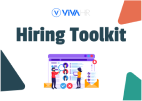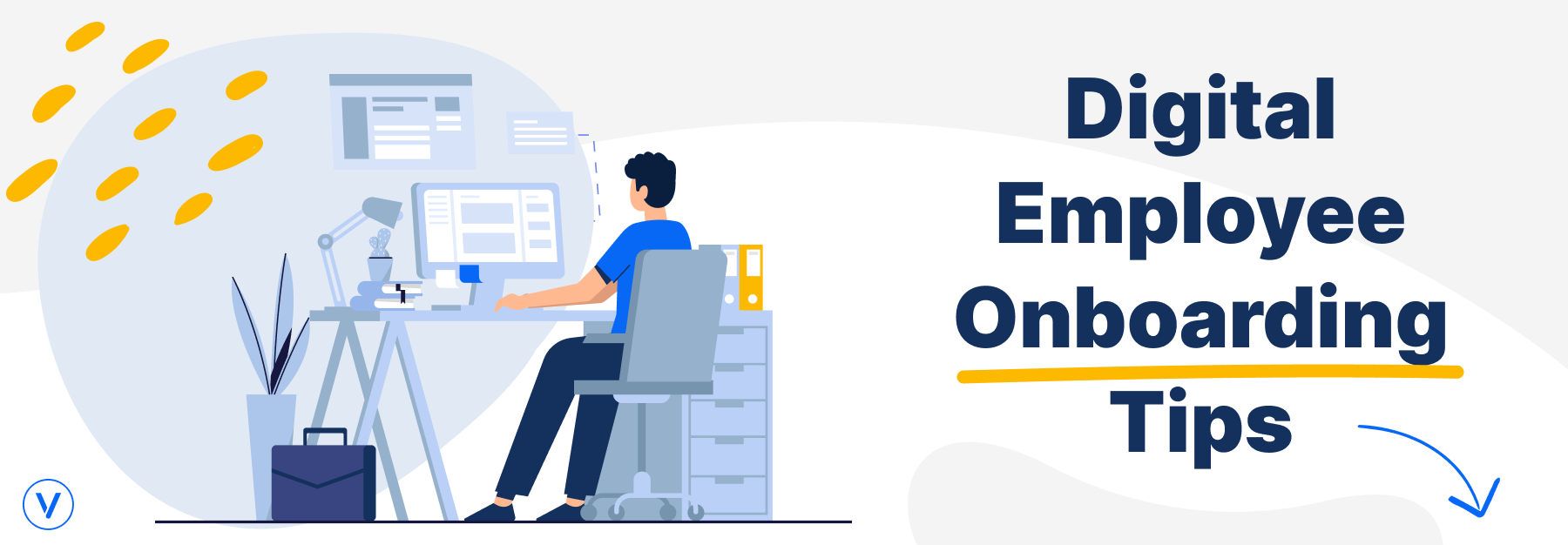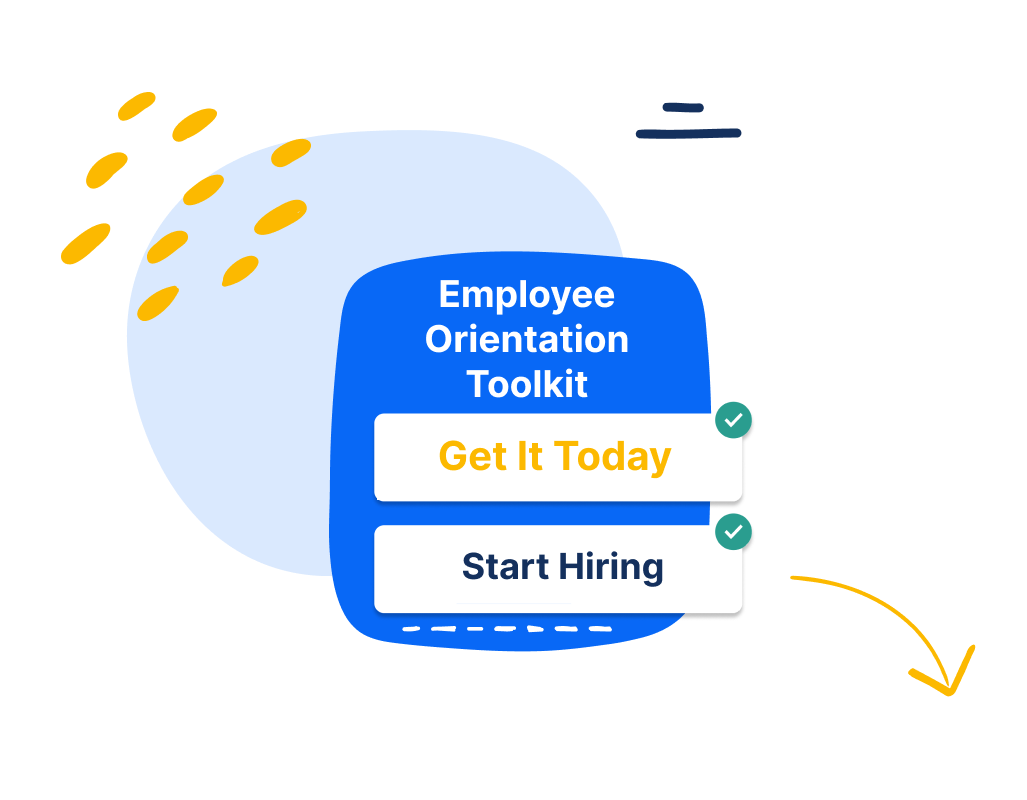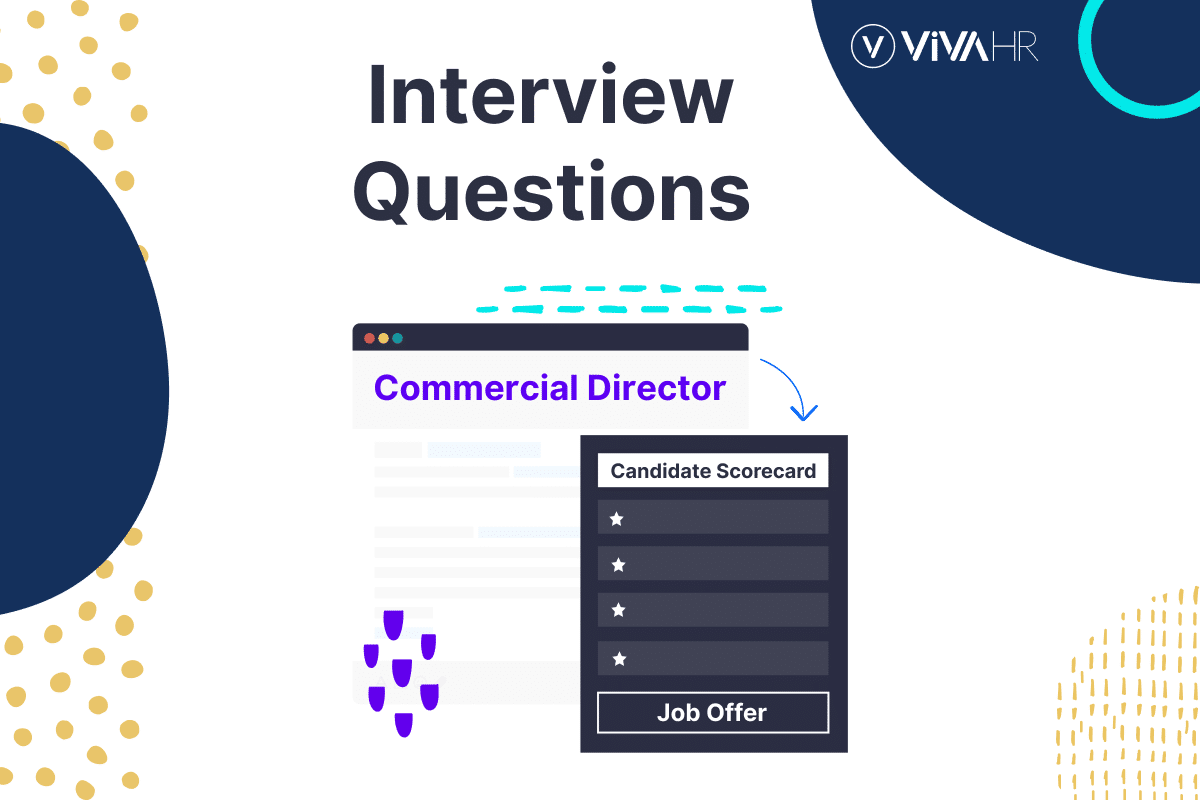6 Ways to Improve Digital Employee Onboarding
1. Analyze Your Current Onboarding Process
You can’t improve employee onboarding until you’re honest about your starting point.
Looking at your current process to identify the weak points is essential.
You don’t need to do this alone. Ask recent hires for feedback on their experience and what worked for them.
Once you’ve identified what works and needs improvement, use the information to create a standardized process. We’ll talk about customization later.
To begin with, come up with a streamlined process that will become standard practice. You could also leverage automation to optimize onboarding procedures.
2. Focus on Pre-Boarding
After finding the perfect candidate, some businesses will wait for the new employees on the first day before doing anything else.
This doesn’t make a great first impression.
Show employees from the beginning that you value them and their time.
By implementing a pre-boarding process, you demonstrate a commitment to employee satisfaction early on.
Excellent employee onboarding begins the minute they apply.
Stay on top of the selection process for the role using an applicant tracking system. Then, when a successful candidate is selected, get things in place for their first actual day on the job.
This could mean setting up email accounts, creating necessary access, scheduling onboarding meetings, sending company-wide emails, or creating a welcome package.
This attention to detail will make an employee more likely to stay with your company.
3. Personalize as Much as Possible
While consistency is important, so is the personal touch.
Each new hire will have a unique learning style.
Understanding and catering to their individual needs during the early days of their employment will set you both up for success.
How can you provide a personalized online onboarding experience that reflects the company’s culture and values while creating a fun and innovative employee experience?
By utilizing People Search software, you can gather information about new hires and tailor their onboarding experience accordingly.
This software allows you to access public records, social media profiles, and other online sources to gather relevant information about the individuals joining your company.
With this knowledge, you can create a customized onboarding plan that aligns with their background, skills, and interests.
By personalizing the onboarding process, you can make new hires feel valued and engaged from the very beginning, ultimately contributing to their overall satisfaction and success within the organization.
Some may benefit from an introduction video, while others prefer virtual meetings.
As long as the important information is covered, it’s great to grant employees the flexibility to choose the type of material they want to learn from.
You can also engage employees through quizzes, questionnaires, and problem-solving exercises.
4. Provide Learning Resources and Tools
Onboarding can be an overwhelming process for any new hire.
To make this easier, provide your new hires with the learning resources and information they need to get started but make it accessible to them online whenever they need it.
Having this information on hand will allow them to learn at their own pace and revisit documentation as they need.
These resources can come in many forms. Some organizations make all their onboarding resources in-house, while others gather a database of useful information.
For example, Vonage explains the different types of phone systems in this guide, which can be useful for new hires in a contact center or UCaaS (Unified Communications as a Service) business.
Pre-recorded videos, one-on-one sessions, onboarding platforms, or written guidebooks can all play a role here.
With a wealth of information on hand, your new employees will be empowered to take control of their own learning experience.
5. Start a Mentorship Program
Assigning a mentor is a great way to engage your current team members while helping the new addition to settle in.
For digital or remote employees, in particular, it can do wonders to reduce isolation and ease their transition into the organization.
Assigning a mentor for the first 90 days is a good rule of thumb.
Pick a senior team member who is willing to share their experience, provide guidance, and serve as an introduction to the company culture.
You can organize regular video calls for the mentor to check in with the new hire.
Having an ally in the workplace may make new hires feel more able to ask questions, clarify anything they don’t understand, and start to expand their network beyond their appointed mentor.
6. Set Timelines and Expectations
Even if your new hires are keen to start working hard, it can be difficult to get going if they don’t know exactly what they are aiming for.
Help new employees know where they stand by providing tools that help them track their progress.
From the outset, try to provide lists of regular tasks, goals, stretch goals, and key performance indicators.
You might create a 30-60-90 day plan to demonstrate the bigger picture and how the individual’s work fits into wider company goals.
Make sure that any tasks you set are SMART: specific, measurable, attainable, realistic, and time-bound.
There’s only so much a new team member can learn in their first few months in the role, so try not to overwhelm them with too much information at once.
Consistency is key.










